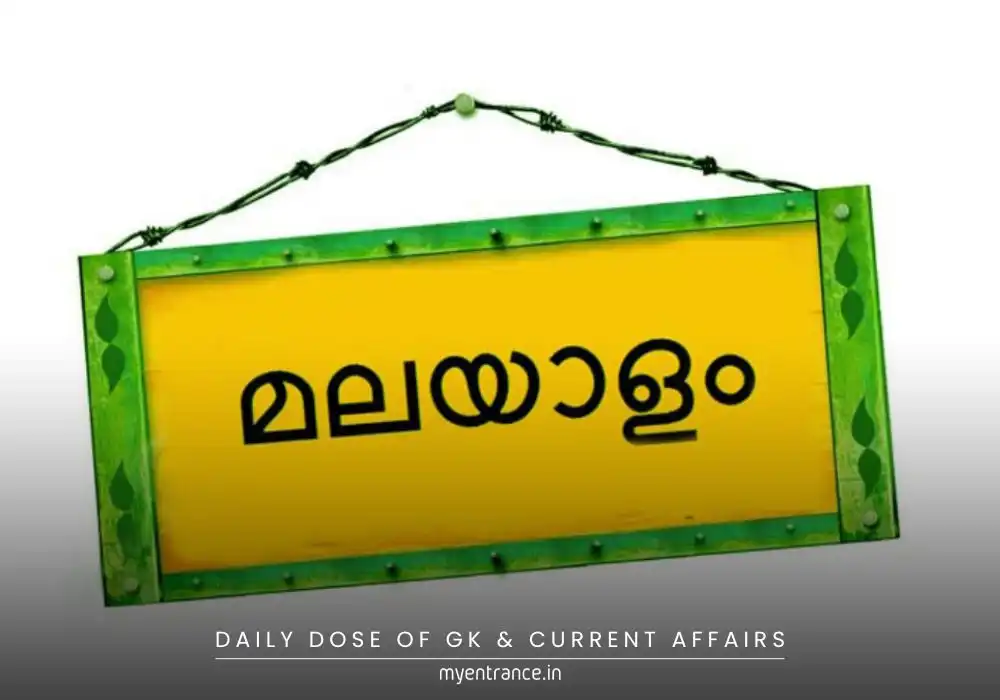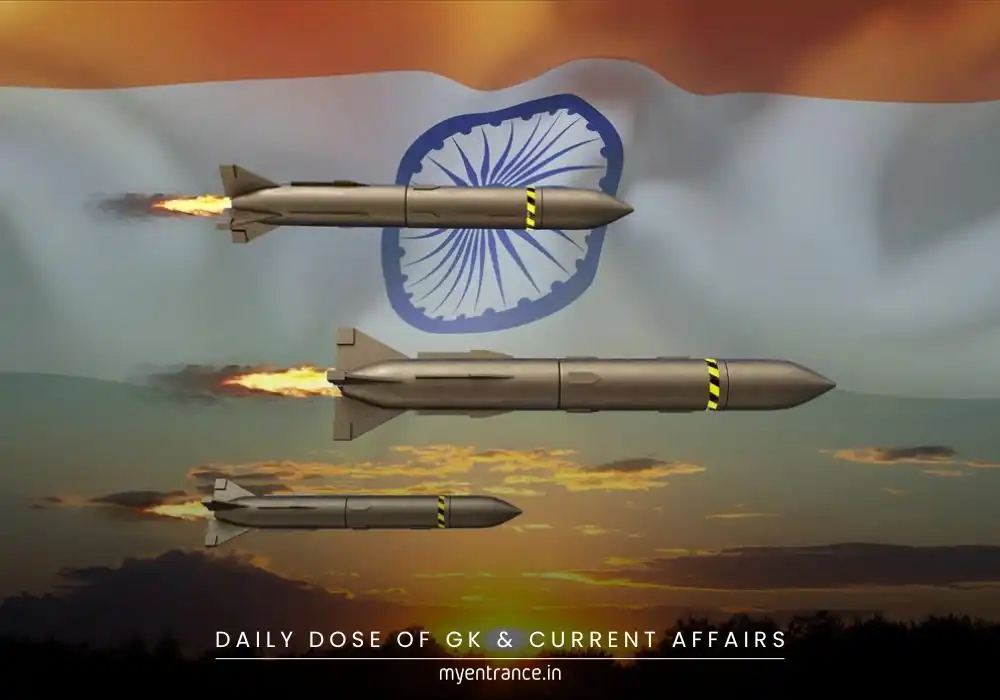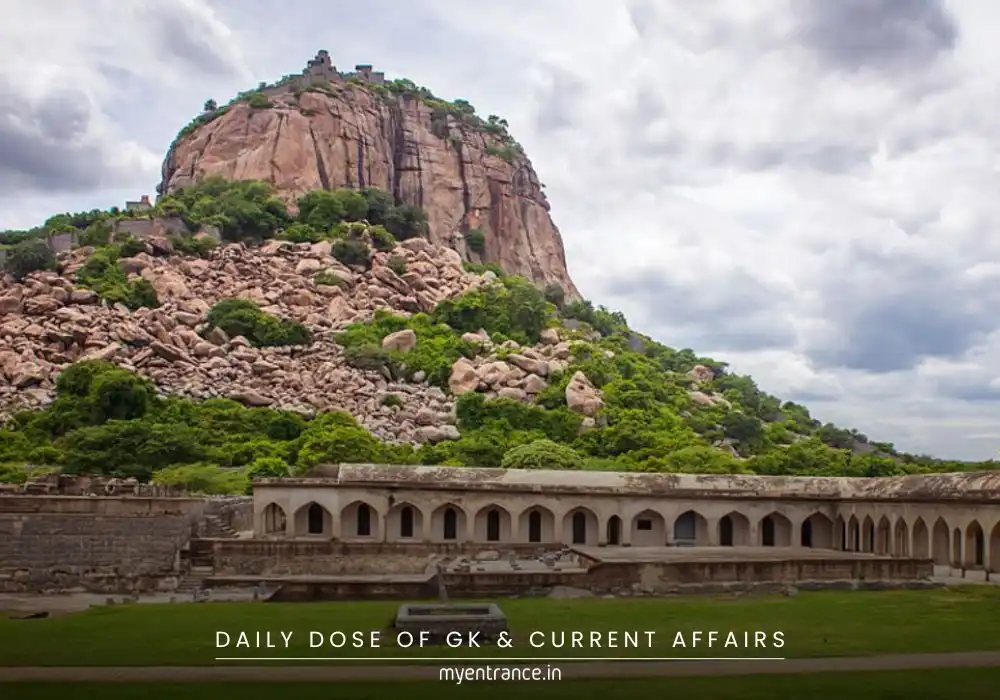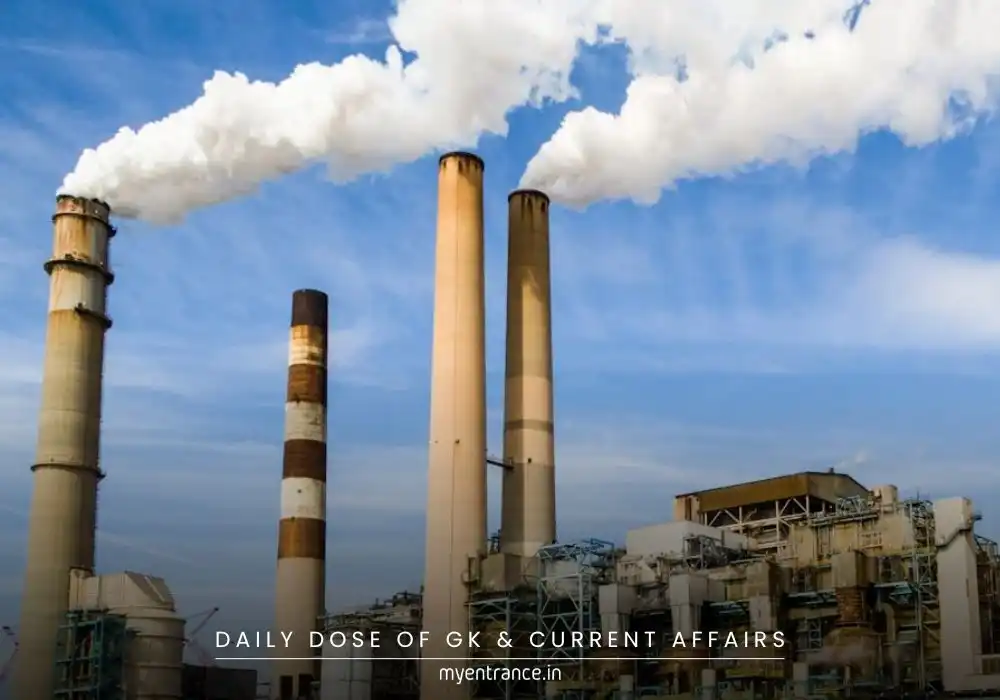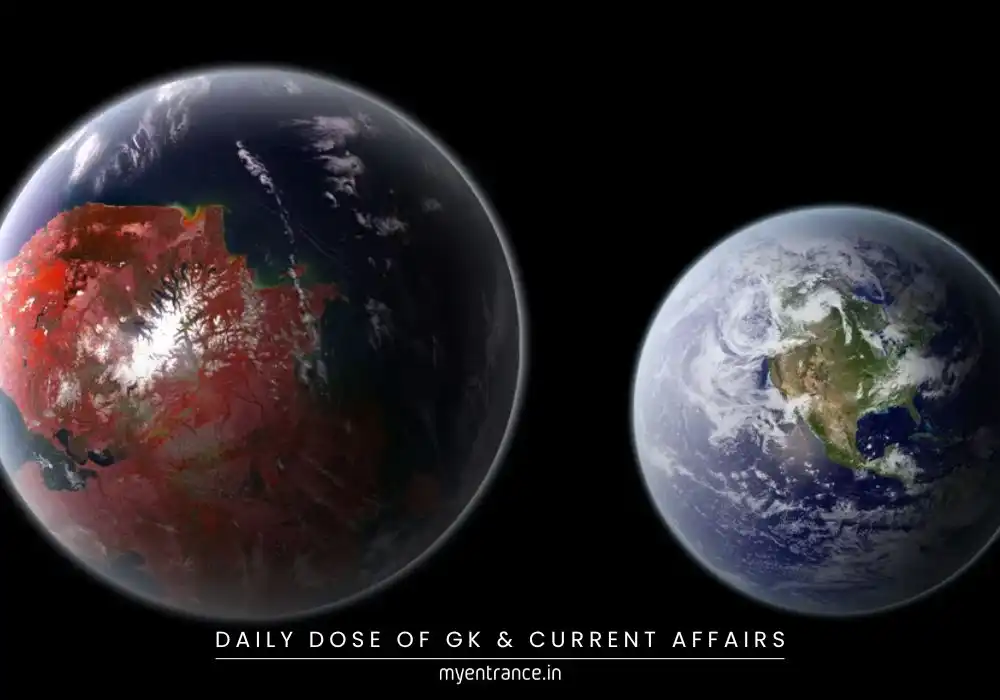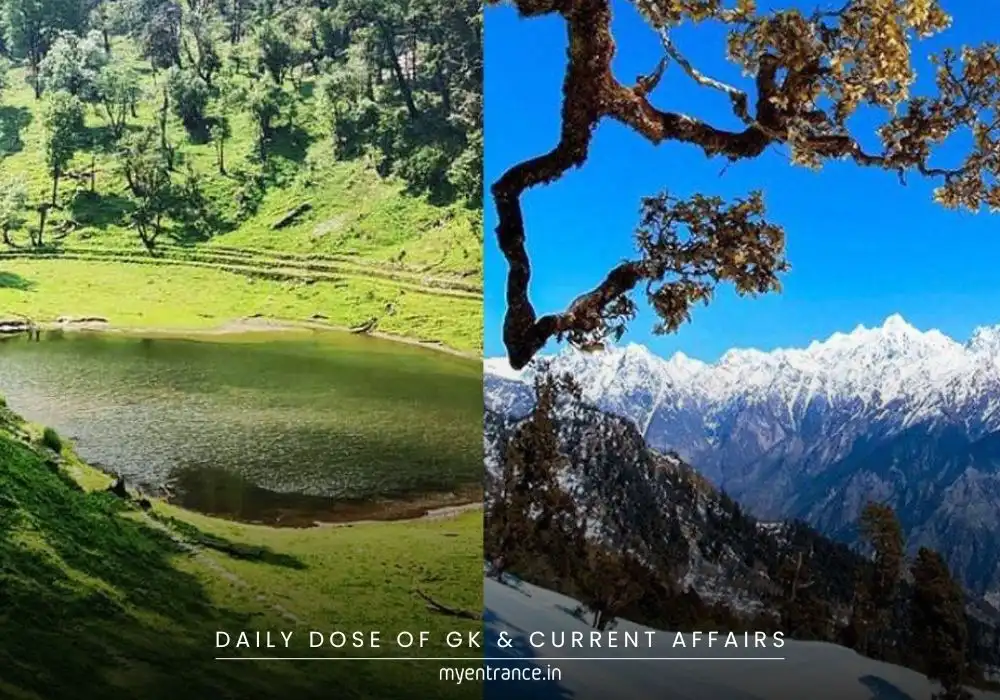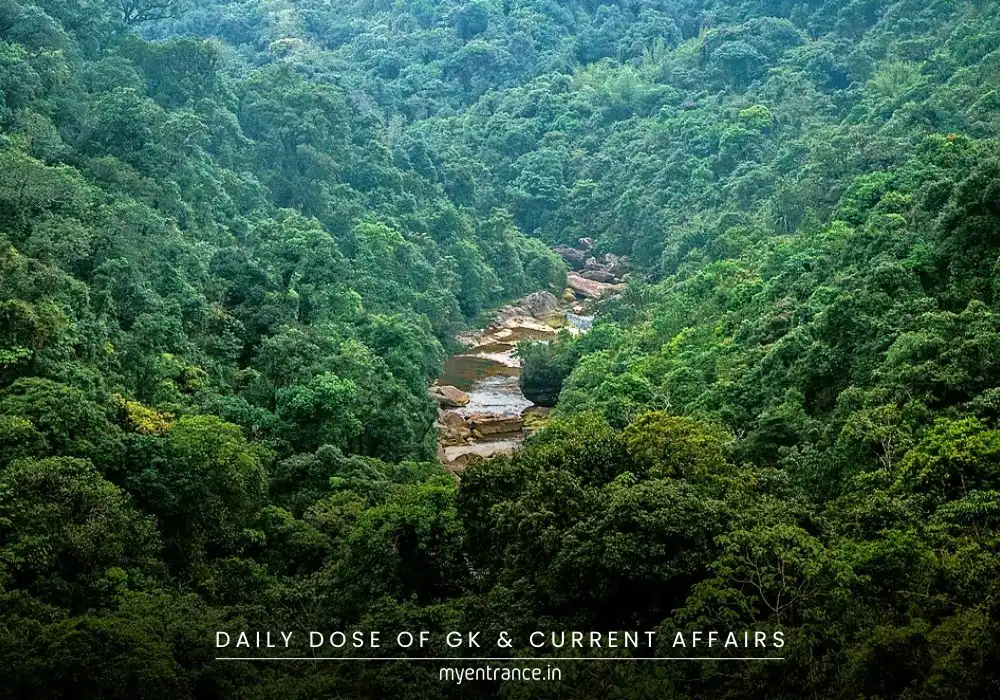Translate Language
NCTE’s 2025 Teacher Training Revisions: What’s Changing for SSC, UPSC, and Teaching Exams?
A massive hydroelectric project in Tibet has sparked fresh fears in South Asia. As China pushes ahead with its controversial dam near the Indian border, environmentalists and security analysts warn of potential disasters that could affect over 130 million people in India and Bangladesh. So, is India at risk?
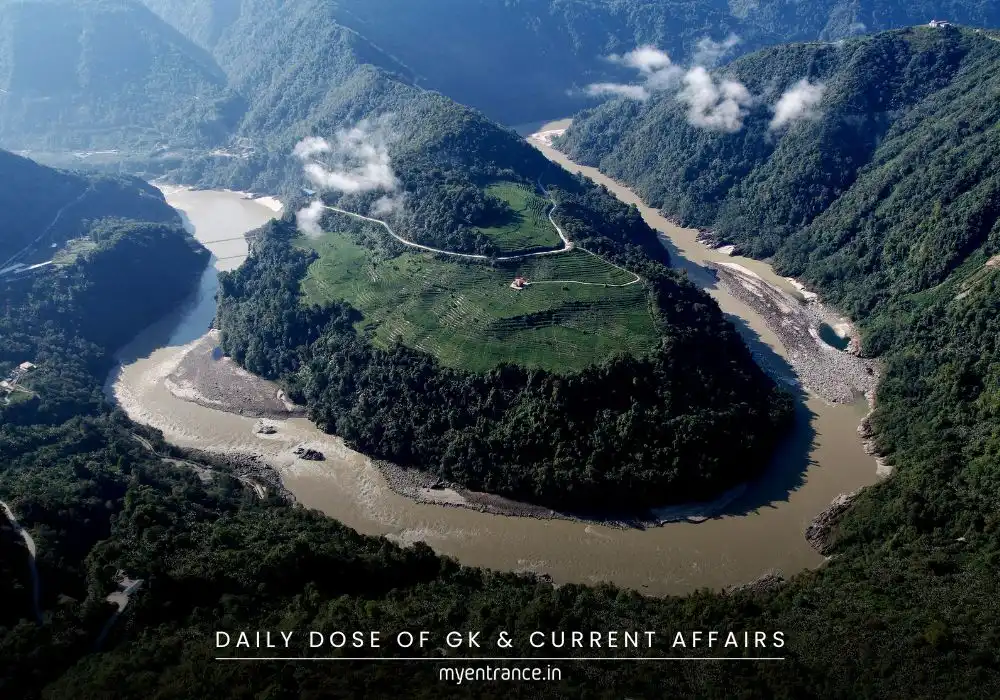
Is India at Risk from China’s Mega-Dam in Tibet?
Yes—and the dangers are not just theoretical.
China is planning to construct a massive dam on the Yarlung Tsangpo River in Tibet, right before it enters India as the Brahmaputra. What makes this concerning is the dam’s size—it is expected to produce three times the power of the Three Gorges Dam, making it one of the world’s most ambitious hydroelectric projects.
But the issue isn’t just power generation. This project is being executed without consultation or data sharing with India or Bangladesh, which are heavily dependent on the downstream flow of the Brahmaputra. That’s why this is a matter of national security, ecological stability, and regional peace.
Key Concerns:
Water Flow Disruption: Altering river flow can impact irrigation, drinking water, and flood control in Assam and beyond.
Sediment Loss: Sediment from the Brahmaputra enriches farmland downstream. A dam would trap this, reducing agricultural productivity.
Seismic Risk: The region is earthquake-prone. A dam collapse could cause catastrophic flooding in India’s Northeast.
Weaponization Risk: In case of conflict, control over the dam gives China strategic leverage to flood or dry the river downstream.
Environmental Damage: Wetlands, fish habitats, and migratory patterns may face irreversible damage.
Bangladesh’s Vulnerability: As the Brahmaputra flows into Bangladesh, the downstream effects—like flooding and drought—could hit even harder there.
India has responded with the Siang Upper Multipurpose Project, a counter-dam strategy in Arunachal Pradesh, aiming to balance out potential disruptions. But experts argue that mitigation is not prevention—and India’s preparedness remains uncertain without bilateral agreements.
Meanwhile, the lack of a formal river-sharing treaty between India and China only deepens the crisis. India continues to demand transparency, but China’s silence persists.
Sample Exam Questions and Answers
Q: What is the strategic significance of the Yarlung Tsangpo river for India?
A: It becomes the Brahmaputra in India, serving as a crucial water source for millions in the Northeast and Bangladesh, making it essential for agriculture, ecology, and regional stability.
Q: Why is China’s mega-dam project a concern for India?
A: It threatens river flow, sediment transport, and ecological balance, and may be used as a geopolitical tool in times of conflict, without any prior data-sharing.
Q: What is India’s response to China’s dam in Tibet?
A: India plans the Siang Upper Multipurpose Project to manage water flow and reduce dependence on upstream Chinese control.
Q: How could the dam affect Bangladesh?
A: Bangladesh may face more intense floods or droughts, affecting agriculture and water availability due to unpredictable flow patterns from upstream.
Q: Why is sediment flow important in river systems like Brahmaputra?
A: It nourishes soil in agricultural lands; disruption can degrade farming productivity and damage ecosystems downstream.
Why This Topic Matters for Competitive Exams
Current Affairs Relevance: Questions on India-China relations, environmental challenges, or water treaties can appear in General Knowledge, GS, and Essay sections.
Geography: Understanding transboundary rivers like Brahmaputra is vital for SSC, PSC, and UPSC geography sections.
Science & Environment: Dam impacts touch on biodiversity, ecosystems, and disaster management—important for prelims and mains.
International Relations: The issue highlights China’s foreign policy approach and India’s diplomatic challenges—a favorite theme in civil services exams.
Essay/Descriptive Writing: Ideal for practicing essay topics on resource politics, Indo-China relations, or environmental ethics.
Get 3 Months Free Access for SSC, PSC, NIFT & NID
Boost your exam prep!
Use offer code WELCOME28 to get 3 months free subscription. Start preparing today!
